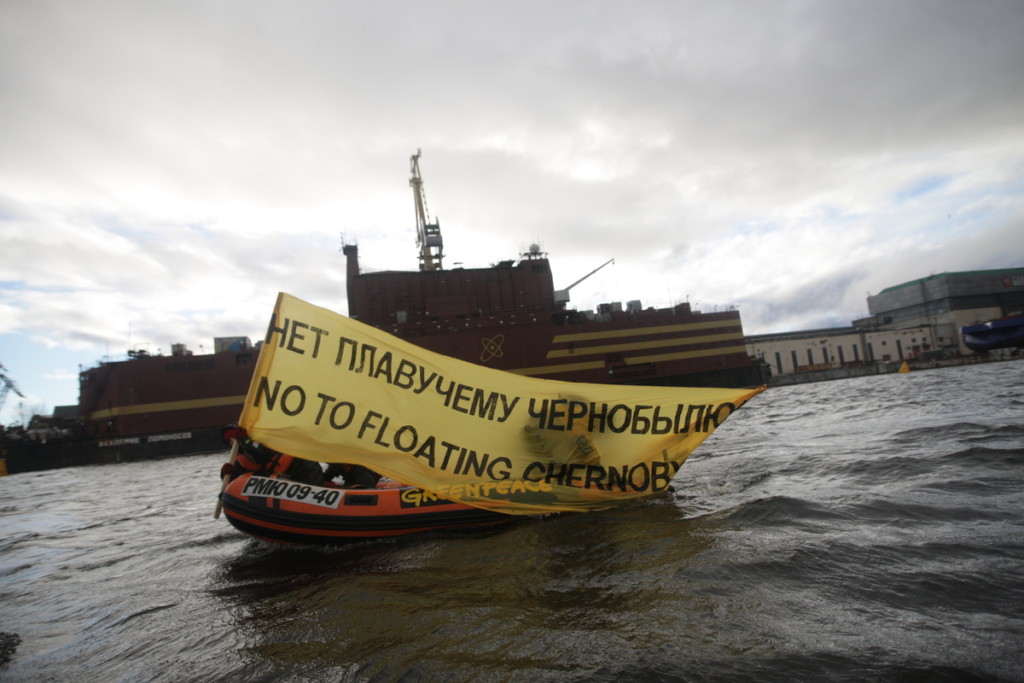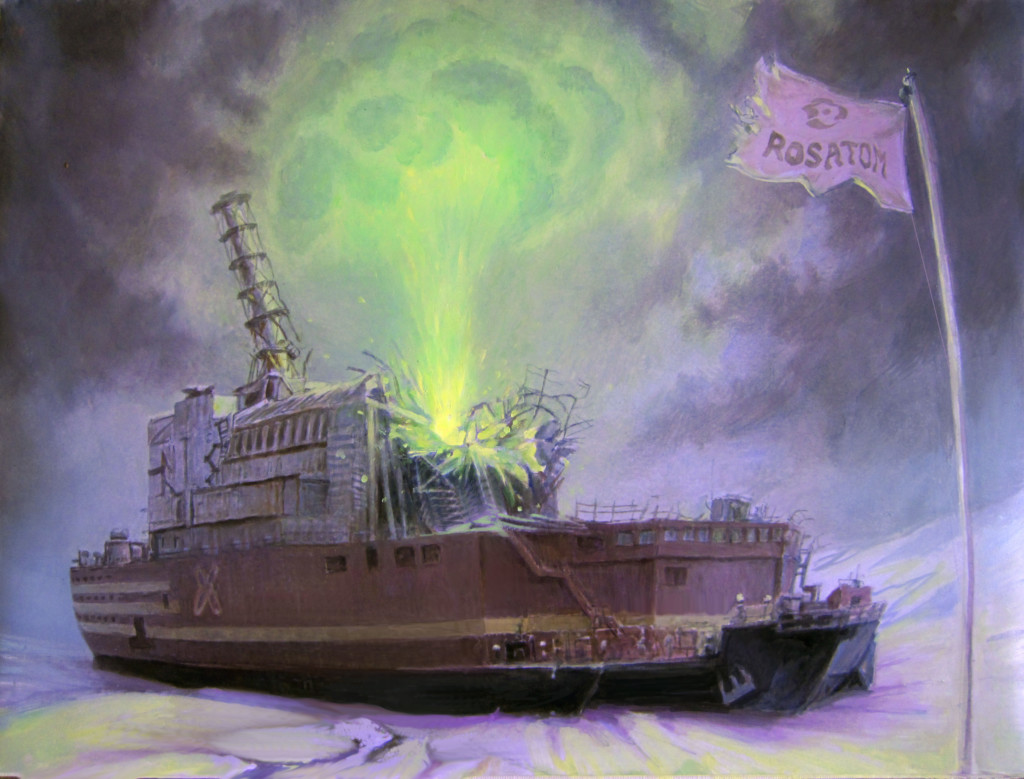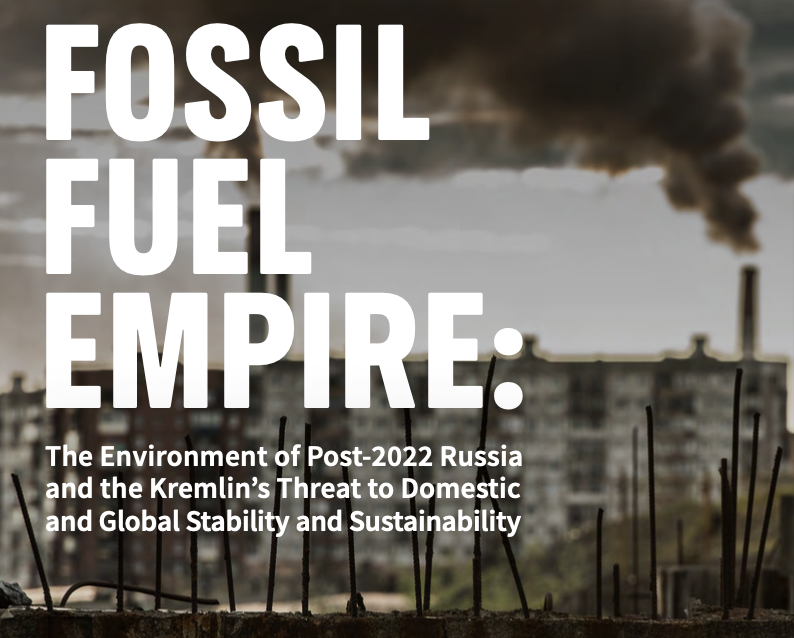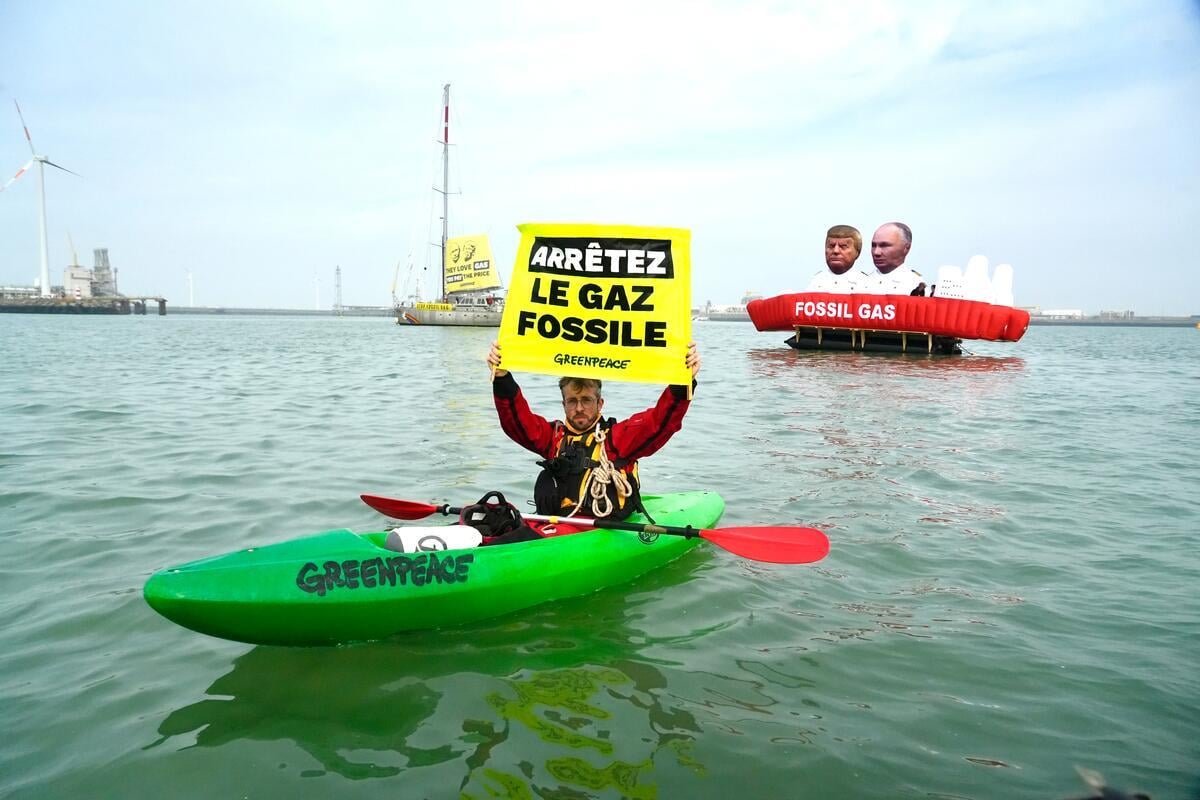32 years ago, the world’s largest civil nuclear accident contaminated large swaths of Europe.
This generation may no longer remember that for a few months spinach and other green vegetables had to be destroyed in countries like the Netherlands and Germany, that cows all over Europe needed to be kept in stables and milk taken out of consumption — and that for more than two decades, reindeer in Lapland, sheep in the English Lake District and wild boar in the German Schwarzwald had to be slaughtered because of high radioactive contamination.
In the countries that took the biggest hit — Belarus, Ukraine and Russia — hundreds of square kilometres are still too polluted for people to return, and several million people in a wider circle continue to have to accept radioactive contamination as a daily risk. At the site of the catastrophe, the international community only last year sufficiently covered the exploded reactor to enable the start of clean-up work — which requires technology we do not yet have. Since the 26th of April, 1986, we know from direct experience that there are severe risks attached to nuclear power.

A floating nuclear plant? Seriously?
In the coming weeks, Russian nuclear moloch Rosatom plans to move the world’s first designated floating nuclear power plant, the ‘Akademik Lomonosov’, from St. Petersburg through the Baltic Sea and around Norway to Murmansk. In Murmansk, it will be loaded with nuclear fuel and tested at a few kilometres distance from nearly 300-thousand inhabitants.
Originally, Rosatom planned to load fuel and test the ‘Akademik Lomonosov’ in the very centre of St. Petersburg, 2.3 kilometres from the famous St. Isaac Cathedral.
What could possibly go wrong?
This caused a plaintive whine from the Russian nuclear regulator, Rostechnadzor, but because of a hole in Russian nuclear law, inspectors still don’t have full access or a mandate to criticise the Lomonosov. Only a petition by twelve-thousand St.Petersburg citizens, questions in the city’s legislative assembly and major concerns from Baltic Sea countries about transporting two reactors filled with irradiated fuel, without its own propulsion, along their rocky coasts, caused Rosatom to use some common sense and shift loading plans to a less densely populated area.
Once loaded with fuel and tested, the ‘Akademik Lomonosov’ will be towed next year 5000 kilometres along the — because of climate change, now ice-free — Northern Sea Route to the tiny port of Pevek in the far North-Eastern region of Chukotka. There, it will provide the 5000 strong population and its port and coal mines with 70 MW of electricity.

The ‘Akademik Lomonosov’ is to be the first of a fleet of floating nuclear power stations to be stationed in the Russian Arctic. Rosatom recently received the mandate to manage all shipping and development along the Northern Sea Route. These floating nuclear plants need to deliver the energy to dig for more climate-destroying fossil fuels.
And from there, dystopian science-fiction knows no borders. In 1995, Rosatom engineers proposed floating nuclear power stations for electricity production and desalination in other parts of the world as well. Think remote islands in Indonesia and the Philippines.
If this development is not stopped, the next nuclear catastrophe could well be a Chornobyl on ice or a Chornobyl on-the-rocks. Share this blog to show the world you know that this is a bad idea.
Jan Haverkamp is the expert consultant on nuclear energy for Greenpeace Central and Eastern Europe.



